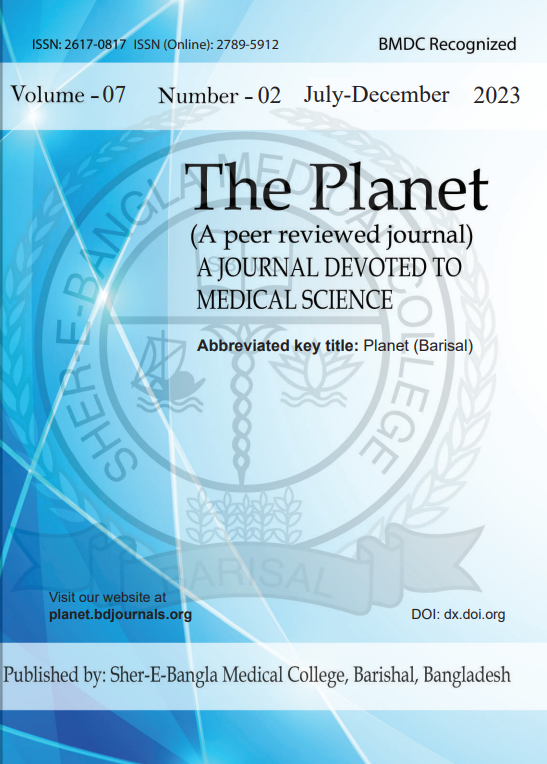Abstract
Background: Typhoid fever is among the leading causes of morbidity and mortality worldwide. The incidence is higher in developing countries. Changes in hematological profiles, among others, share a significant contribution to the morbidity and mortality from typhoid fever. Though studies have been conducted in developed countries, no published data is available in resource-constrained settings such as Ethiopia.
Objective: To determine hematological profiles of adult patients with typhoid fever at Dilla University General Hospital, South Ethiopia.
Methods and materials: A comparative cross-sectional study was conducted on 174 participants using convenient sampling techniques. Clinical data were obtained from medical records and laboratory screening. CBC was made using the ADVIA 560 Hematology analyzer. Data was analyzed by SPSS (version 27, USA). An independent t-test and Mann-Whitney U-test were used for parametric and non-parametric data.
Result: In this study, 55% of the participants were males. Almost half (47%) of the participants were in the age group of 29-41 years. There were no significant age differences among study groups. Hematological parameters, such as mean WBC, neutrophil, RBC, hemoglobin, hematocrit and platelet counts were found to be low in adult patients with typhoid fever compared to apparently healthy typhoid negative adults.
Conclusion: Significant changes were reported in WBC, neutrophils, RBC, Hgb, HCT, and platelet count among typhoid fever patients. Routine hematological examinations, such as a complete blood count, are recommended for typhoid fever patients.

This work is licensed under a Creative Commons Attribution 4.0 International License.
Copyright (c) 2024 The Planet


 PDF
PDF